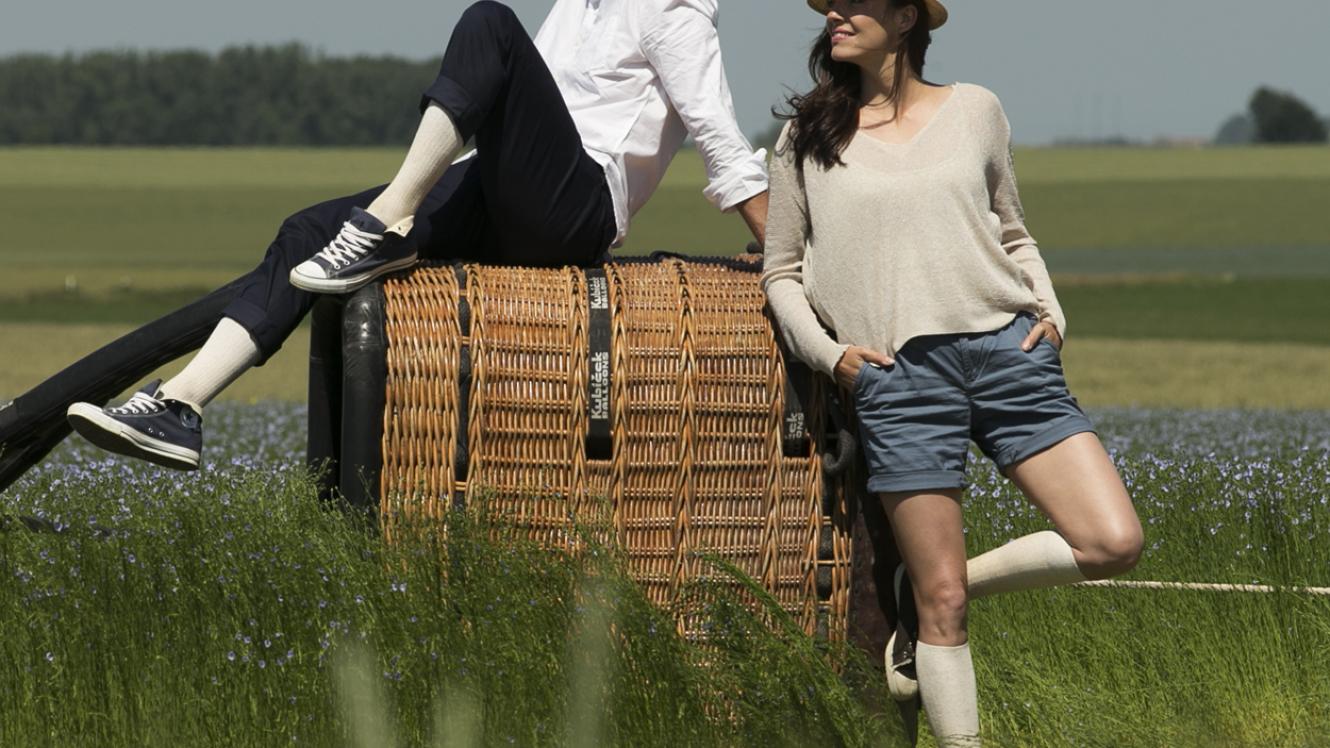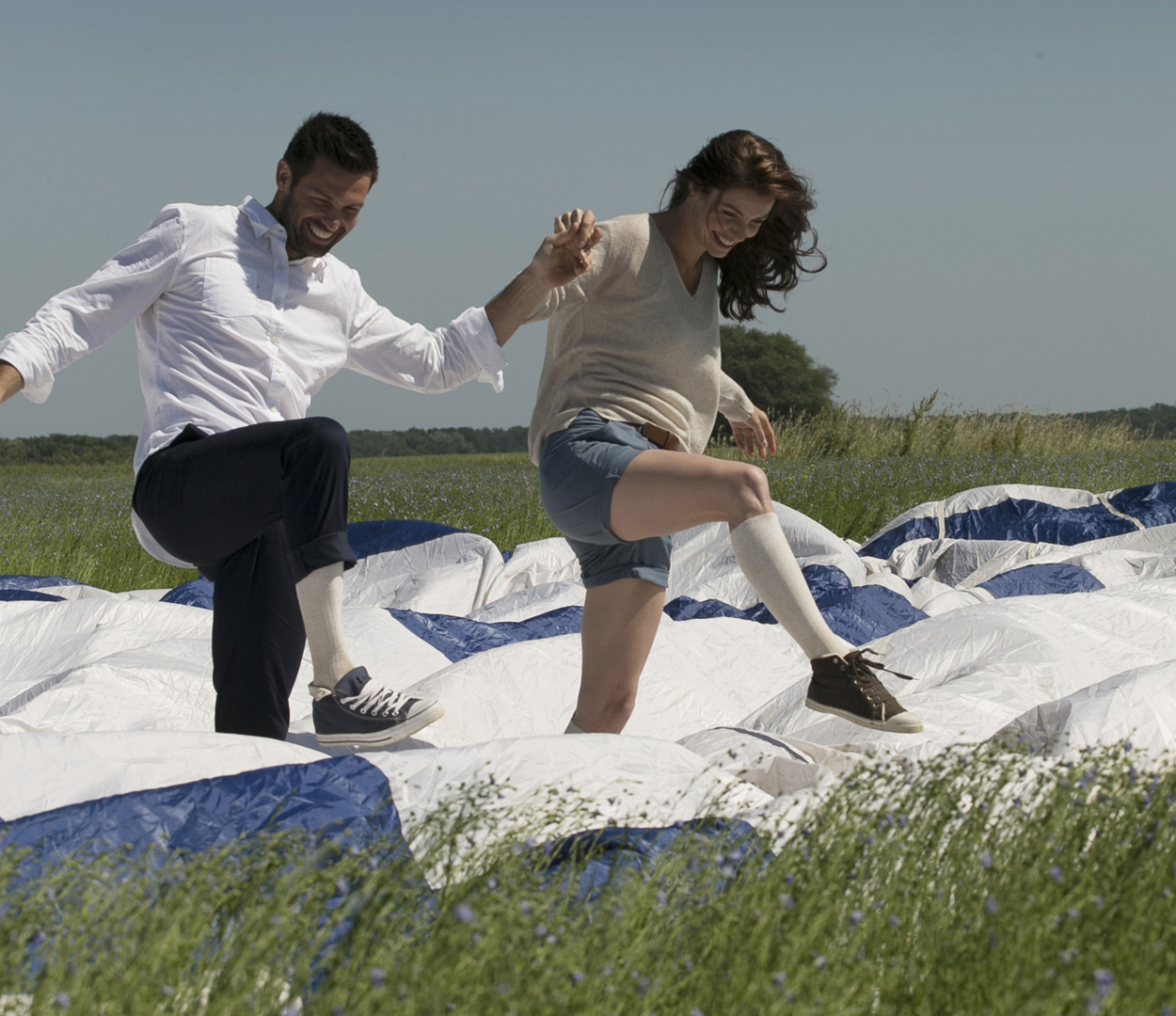Chronic venous disorders
This venous disease is caused by a lack of tone in the veins, which are no longer capable of properly carrying the blood back to the heart from the feet. This causes uncomfortable feelings of heaviness in the legs (heavy legs) possibly accompanied by oedema, or swelling, and, in more advanced stages, varicose veins and skin problems. Compression hosiery is the basic treatment for this condition.
To learn more, visit our website: https://www.venoflex.com.au

When the blood circulates, it is pumped around the body by the heart, via the arteries, and returns from the extremities to the heart again via the veins. Once it reaches the feet, the blood has to fight gravity to be propelled upwards again: this is where the “venous pump” comes in. This system is activated by breathing, the pressure of the soles of the feet on the ground, contraction of the calves and with the aid of valves inside the veins, which prevent the blood flowing back in the opposite direction.
From heavy legs to ulcers, a condition that increases in severity
In venous disease, this pump system no longer works properly and the venous valves have lost their tone. The blood pools in the legs, causing a feeling of “heavy legs”, accompanied by tingling, swelling of the feet at the end of the day and tiredness. Other characteristics are also present, depending on the stage of the venous disease according to the CEAP classification system:
- CO: feeling of “heavy legs”;
- C1-C2: small red veins visible (telangiectasia) / varicose veins;
- C3: oedema (swelling);
- C4: skin pigmentation, eczema / skin thickening, white patches;
- C5 – C6: healed/active varicose ulcers.
This very common chronic disorder primarily affects women. Promoting factors include heredity, sedentary lifestyle, obesity, pregnancy, as well as wearing tight clothing that restricts the blood circulation in the legs.
What are the solutions?
Venous compression using compression bandages or stockings is the basic treatment for chronic venous disease of stage C2 or over. This reduces oedema, vein volume and reflux, accelerates venous flow and improves the microcirculation. It also helps prevent ulcers. From the very first stages, elevating the legs as often as possible, regular walking, weight control, avoiding underfloor heating and prolonged sun exposure are also recommended. Varicose veins may be treated surgically.
Documentary sources:
Blanchemaison P, Myon E, Martin N, Malezieux X, Taieb C : Maladie veineuse en France : approche épidémiologique. Décision Thérapeutique 2004 ; 17 : 29-34. HAS – Bon usage des technologies de santé : La compression médicale dans les affections veineuses chroniques, 2011 Collège des Enseignants de Médecine vasculaire et Chirurgie vasculaire Item 136 : Insuffisance veineuse chronique. Varices, 2010-2011 Chauveau M, Cros F, Gelade P : Impact de la taille d’un bas de compression dégressive sur son efficacité hémodynamique et sa tolérance : apport de la modélisation. Journal des Maladies Vasculaires, Vol. 39, n° 5, October 2014, p. 335-336

Heavy legs
